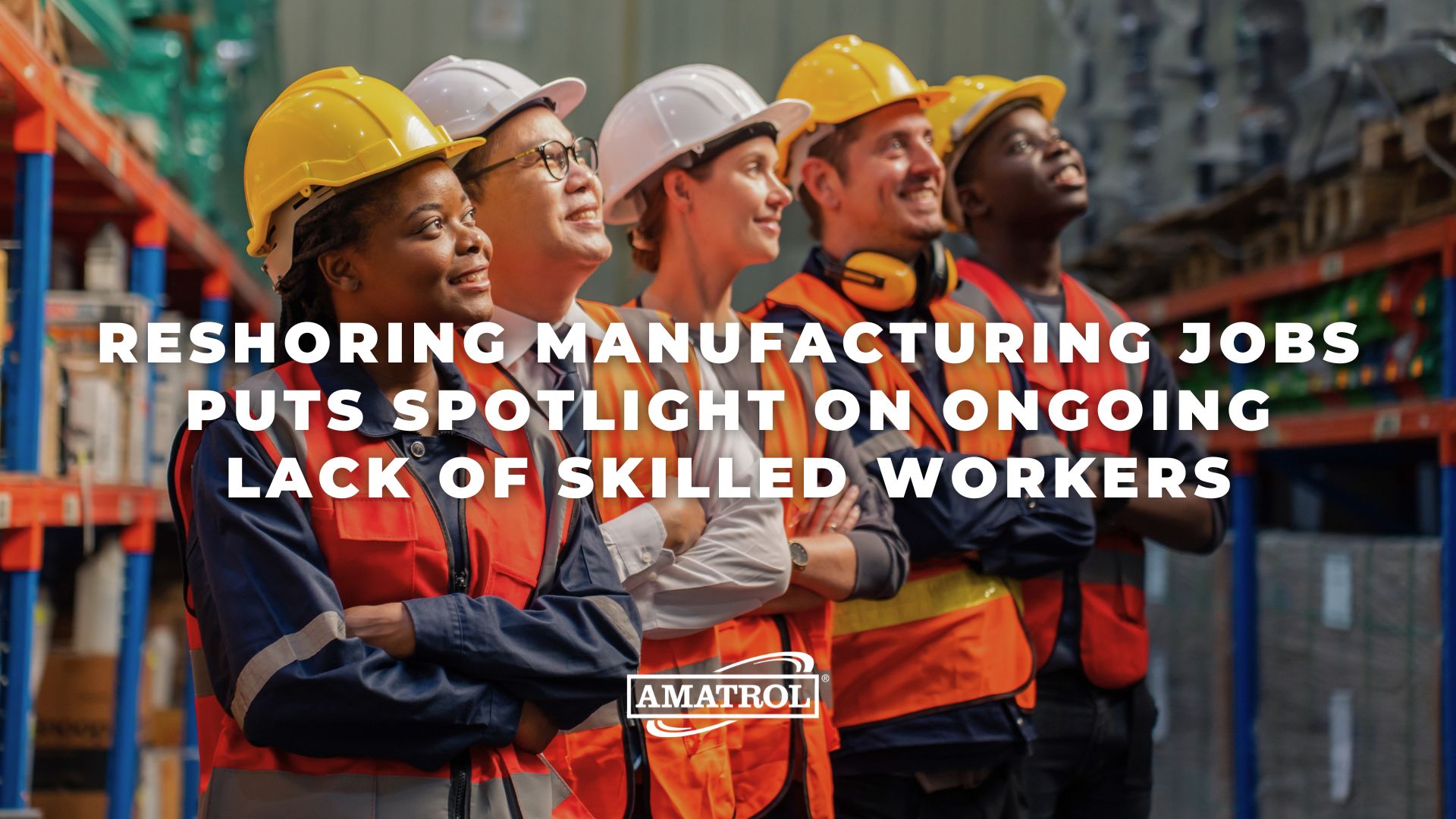“Made in the USA” – it’s a label that many take great pride in. There are millions of people who make buying decisions every day based upon where goods are manufactured. They support American-made products because they want to support American businesses.
This isn’t always easy, because for certain categories of products, such as electronics, foreign manufacturers continue to maintain a stranglehold on the market. In recent years, however, different pieces of legislation, including The Inflation Reduction Act and The CHIPS Act, have sought to encourage reshoring, which is the act of returning manufacturing jobs from overseas back to the United States.
Unfortunately, it’s not possible to simply legislate a new and improved American manufacturing sector. Roadblocks remain that must be dealt with. First and foremost among these barriers happens to be one of the most basic: a highly skilled workforce.
As noted in a recent IndustryWeek article by Harry Moser and Peter R. Niebyl, “[a] skilled workforce pipeline is necessary for reshoring and restoring U.S. leadership in global manufacturing.” In fact, the authors note that “[t]he availability of skilled labor is the No. 1 factor driving site selection for manufacturing in general and reshoring in particular.”
So what’s the problem? The issue is the same one that has been plaguing the manufacturing sector for years now: the skills gap. There simply aren’t enough highly skilled workers to fill the hundreds of thousands of open manufacturing positions available across the country.
According to Deloitte and the Manufacturing Institute, “[t]he United States manufacturing sector will have 1.9 million unfilled jobs by 2033.” Guess what? If the U.S. doesn’t invest heavily in creating a skilled worker pipeline, reshoring will only make the skills gap worse. According to the authors, “[a]chieving the Reshoring Initiative’s Mission of eliminating our $1.1 trillion goods trade deficit would increase that workforce shortfall to about 7 million.”
The skills gap is a significant problem that requires a multifaceted solution involving the nation’s educational institutions, industries from every sector, and assistance from local, state, and federal government. The authors believe there is one strategy that could provide huge dividends now and into the future: manufacturing apprenticeships.
According to Moser and Niebyl, “[t]he German model of manufacturing apprenticeships contains lessons to help the United States reach its goals…The apprenticeship system has allowed Germany (and Austria and Switzerland, which have similar models) to avoid the skills shortage that has hobbled the U.S. for decades.”
Apprenticeship is also a win-win situation for students and industry. “For a significant portion of high school students in the United States, a manufacturing apprenticeship offers a low-cost, high payoff alternative to starting college immediately after high school.” For industry, “[t]raining workers for manufacturing jobs helps companies decide to reshore, and companies’ reshoring gives workers the confidence to strengthen their skill sets and take advantage of the increasingly available opportunities in domestic manufacturing.”
The authors conclude that “[p]romoting manufacturing apprenticeships will strengthen the economy and generate career opportunities for many students…Supporting manufacturing apprenticeship programs across the country would be an effective, proactive approach for both the public and private sectors to address our workforce shortages and facilitate continued U.S. manufacturing development.”
Of course, pursuing an apprenticeship doesn’t necessarily mean college is out of the picture. The authors point out that “young adults can complete manufacturing apprenticeships and either use their experience to start a promising manufacturing career debt-free, or make a more informed decision about pursuing a four-year college degree and, perhaps, a more advanced path in manufacturing.”
If you’re a manufacturer looking to start an apprenticeship program, you may feel overwhelmed by the prospect of providing the necessary training to young students. Fortunately, you don’t have to be an expert at training to implement a new program.
The experts at Amatrol have been working alongside manufacturers for years to design training programs featuring eLearning curriculum and hands-on experience with trainers equipped with industrial components workers will encounter on the job. For more information about how Amatrol can help you start your own apprenticeship program, contact an expert at Amatrol today!





